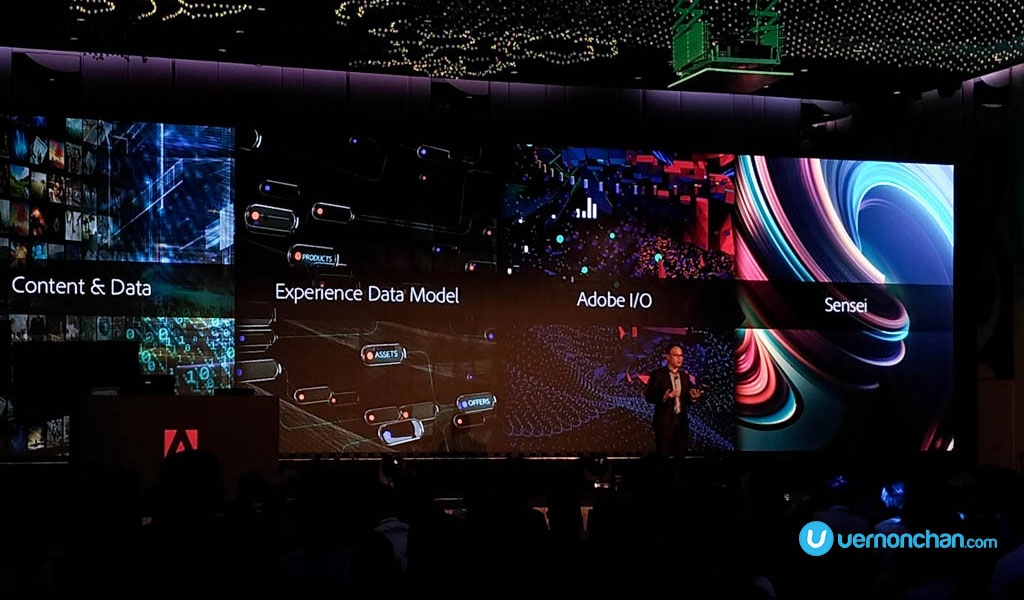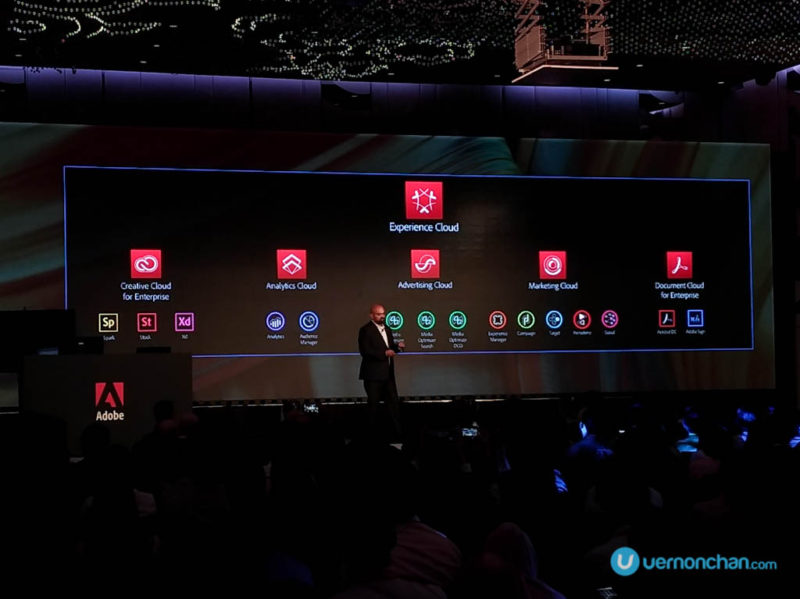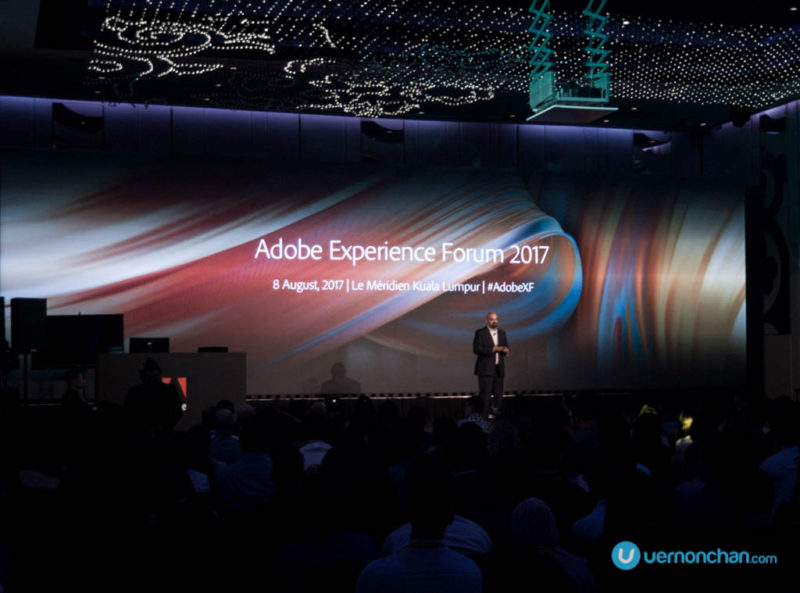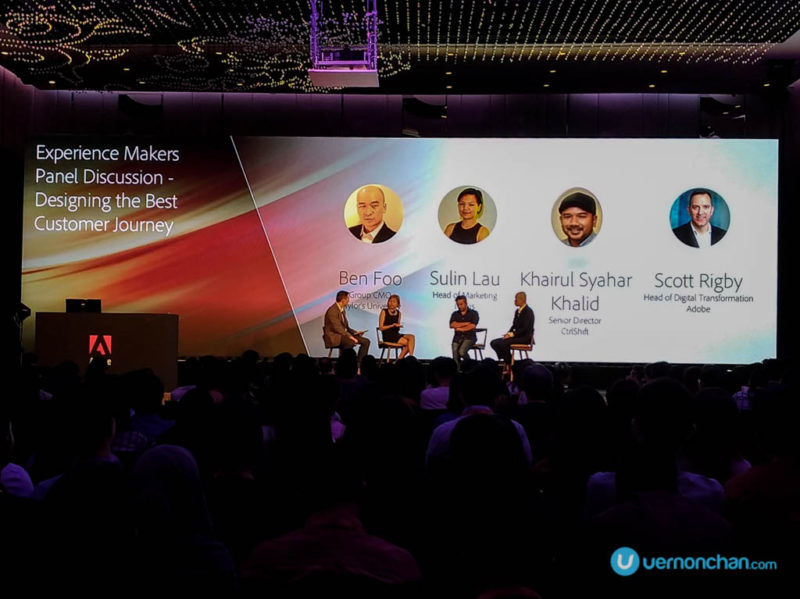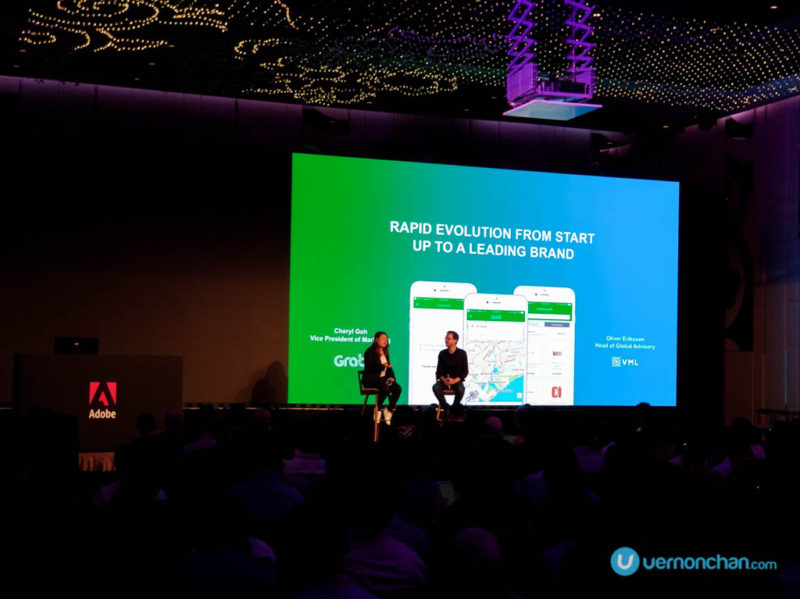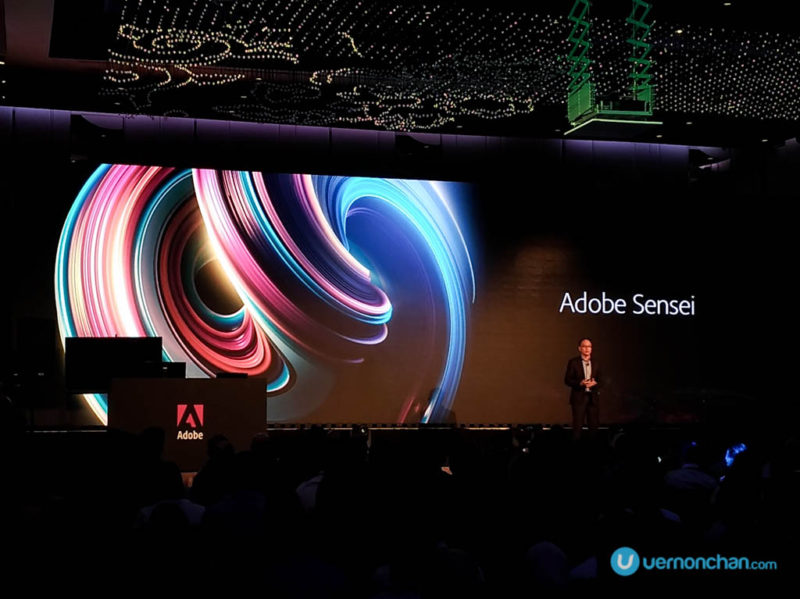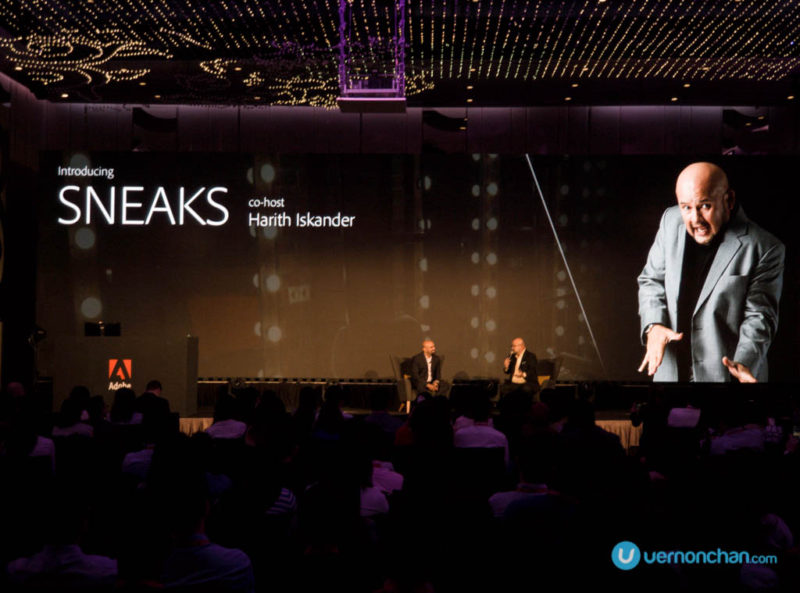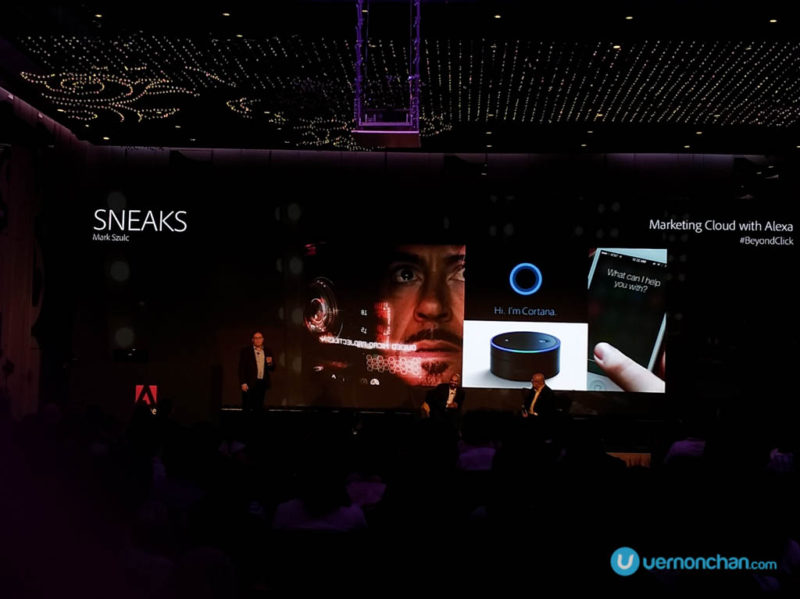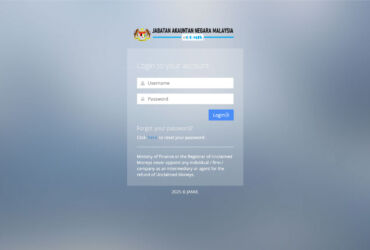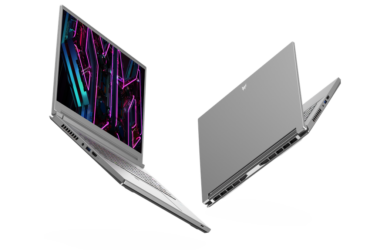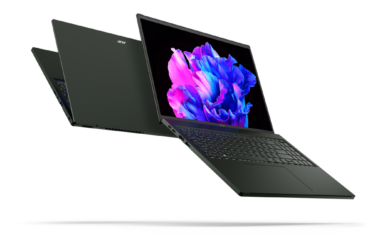Over 250 business leaders from myriad industries gathered at the Adobe Experience Forum 2017 in Kuala Lumpur to discuss how their organisations can transform to become Experience Businesses. Adobe, traditionally known for its creative tools, has been evangelising digital transformation and building experience businesses to help brands stand out from the competition.
One of the most innovative companies in the world, Adobe fuses the creativity of content with the science of data to power digital experiences. Adobe technology powers over 91 trillion transactions annually across the globe, and in Malaysia enables leading financial services, telecoms, media & entertainment and travel & hospitality businesses.
Hello, Adobe Advertising Cloud
At the forum, which happens to be the third and final series after Thailand and Singapore, Adobe introduced Adobe Advertising Cloud to the Malaysian market.
Together with Adobe Marketing Cloud and Adobe Analytics Cloud, the new Adobe Advertising Cloud is part of the Adobe Experience Cloud. Adobe Experience Cloud in a nutshell, lets you build campaigns, manage your advertising and lets you harness deep intelligence about your business.
This suite complements Adobe Creative Cloud and Adobe Document Cloud, offering a cutting-edge set of tools that help businesses stand out.
The full-house event saw Adobe speakers V. R. Srivatsan, managing director of Southeast Asia; Siva Ganeshanandan, director, Adobe Experience Cloud in Asia Pacific and Mark Szulc, principal solution consultant, Adobe Asia Pacific, taking the stage.
They were later joined by guest speakers Sulin Lau, head of marketing services, Maxis; Ben Foo, chief marketing officer, Taylor’s University; Jayaram Gopinath Nagaraj, general manager, Blaze Digital; Hussin Khan, head of education at EFXCO; Oliver Eriksson, head of global advisory, VML; and Cheryl Goh, VP of marketing, Grab.
Because intelligence is everything
One of the key technologies that’s powering Adobe tools and services is Adobe Sensei. You’ve heard me mention this before—Adobe’s artificial intelligence and machine learning framework that’s deeply rooted in the Adobe Cloud platform.
There are three principal areas where Adobe Sensei does its magic, working together with Adobe’s massive volume of content and data assets: Computational Creativity, Enlightened Experiences and Content Cognition.
In Computational Creativity, Adobe Sensei enables functions like face aware editing, character recognition, font recognition, content intelligence and more. You can already find some of these features in familiar creative tools like Adobe Photoshop, Lightroom and even Adobe Stock.
Enlightened Experiences covers functions that are in the Adobe Experience Cloud suite: from intelligent alerts to audience segmentation, automated insights, anomaly detection and more.
Content Cognition runs across Adobe Document Cloud, and includes features like smart tags, document flow extraction, sentiment analysis, semantic structure analysis, auto-tagging, and much more.
We’re at the tip of the iceberg of what’s possible, but it’s undeniable that Adobe Sensei’s intelligent features play a critical role today and for the future.
Sneaky leaks
Top comedian Harith Iskandar hosted Sneaks, a much-awaited segment that showcases new technologies Adobe has brewing in their labs. These technologies may or may not see commercial light but nonetheless gives consumers a glimpse of what’s possible in the future.
The Sneaks session this time was very marketing-focused, so none of the mind-blowing, Jedi magic I saw at Adobe Max in San Diego last year. Having said that, the innovations were still impactful, too say the least. I’ll cover Sneaks in more detail in the next post.
Best of the best
That aside, Adobe also released its Best of the Best research which aggregates anonymous data from 100 billion visits to 3,000+ websites across the region. This included websites from India, Australia, New Zealand, Korea, Hong Kong, Japan and the United States.
The research revealed that despite falling desktop traffic in APAC, Southeast Asian (SEA) businesses still drive consumer purchases (conversions) largely via desktop PCs, versus the smartphone.
While SEA experienced the largest decrease in time spent on websites (13%), it saw a 40% increase in smartphone conversion rates. This may not be such a surprise, seeing the proliferation of mobile devices, improving network connection speeds, and consumers ever falling attention span.
It’s also no surprise that the top 20% performing websites in SEA saw the biggest decrease in desktop traffic (in favour of smartphones). Average websites, though, saw the lowest decrease (-6%), perhaps due to non-mobile optimised sites, or poor user experience.
Evidently, there’s a widening gap the best and averaging websites—the best (top 20%) achieve 57% more conversions on smartphones.
Curiously, desktop conversion rates grew YoY (average +21% and BoB +25%), despite declining desktop traffic. This suggests that SEA consumers may be browsing and researching on their smartphones, then making purchases via the desktop.
Some other key findings:
- SEA experienced an 18% increase in smartphone traffic, to 37% but still below the APAC average of 39%.
- SEA saw a 40% increase in smartphone conversion rates to 0.7%, but lags behind APAC’s average of 1.1%.
- Smartphone repeat visit rates decreased for both the Top 20 and average websites in SEA. Consumers are less likely to return to a site in the same month, compared to 2015.
Interested to check out more findings of the report?
[slideshare id=77146571&doc=2016japacbob-170621154827]


